cat nasal polyps symptoms
A cat with early nasal cancer may look like he just has a mild upper respiratory infection or a small scab on the nose. They are benign growths.
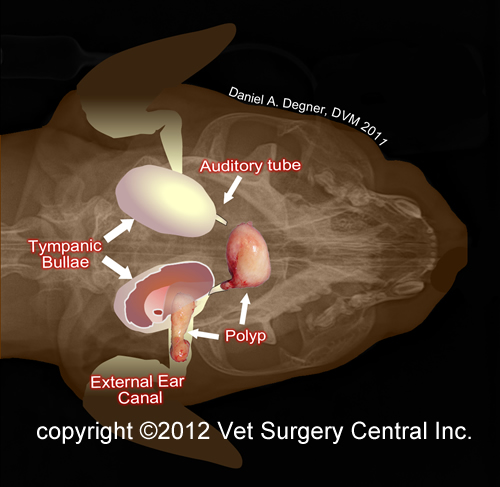
Animal Surgical Center Of Michigan Veterinarian In Flint Mi
Symptoms of Nasal Polyps in Cats.

. Affected cats may have trouble breathing. Though technically benign ie not having the tendency to spread or worsen appreciably nasopharyngeal polyps can cause big problems for cats. If the polyp has extended into the ear signs may include pawing at the ear head shaking head tilt or discharge from the ear.
Loss of smell or taste. At first the cats will have no clinical signs unless drainage from the middle ear is blocked. Rarely cats can experience loss of balance and different pupil sizes.
The signs of nasal polyps often mimic an upper respiratory infection however these signs may persist with little response to medical therapy. If this occurs the cat develops nasal discharge and sneezing. Nasal Pharyngeal Polyps in Cats.
If your cat develops nasal polyps he may have varying symptoms depending on the location of the polyps. Postnasal drip constantly feeling like you have to clear your throat. The ear polyps manifested as a clear discharge from.
With both cats nasal congestionpost-nasal drip were the symptoms for the nasal polyps. Polyps in the middle ear can affect your cats balance and can lead to ear infections that are difficult to treat or keep coming back. What causes nasopharyngeal polyps.
The clinical signs of nasal polyps can vary depending on the location of the polyp. Naso-pharyngeal polyps are the most common masses that are seen in the external ear canal in cats. Nasal polyps are associated with irritation and swelling inflammation of the lining of your nasal passages and sinuses that lasts more than 12 weeks chronic sinusitis.
Difficulty breathing Figure 1. The eyes pupil will appear small the third eyelid will protrude the eye itself may look sunken the socket and the eyelid may droop down covering a portion of the eyeball. The discharge may be clear or have some blood in it.
They are usually diagnosed in animals under the age of two and cause symptoms that include some combination of the following. She said it could be a congenital abnormality or a mechanical obstruction whatever that is. Possibilities included a foreign object like a grass seed stuck in the nose a rotten tooth breaking up into the nasal passages and filling it with pus a fungal or bacterial infection or a tumor.
Dominos symptoms were consistent with some sort of obstruction in the nasal passages. Nasal polyps can often be surgically removed with traction or avulsion. Symptoms Chronic nasal discharge Rapid shallow breathing tachypnea Sneezing Coughing Snoring.
When the polyp becomes large enough cats may develop signs such as. Nasal Squamous Cell Carcinoma in Cats. Drooping of eyelid sunken eye protruding third.
While cancer of the nose nasal cancer is relatively uncommon it can significantly decrease an affected cats quality of life. In many cases the early signs of nasal cancer are indistinguishable from other illnesses. Symptoms and Types Many of the same symptoms as nasal polyps Trouble with swallowing dysphagia Trouble breathing in dyspnea Frequently tilting head to the side Ear infection inflammation of the ear canal otitis Symptoms of Horners Syndrome.
The signs of nasal polyps often mimic an upper respiratory infection however these signs may persist with little response to medical therapy. Signs Symptoms and Diagnosis of Hyperthyroidism in Cats. She suggested a CT scan for and to see a specialist to come up with a plan which involves lotsa.
Weight loss Refusal to drink or eat Swallowing difficulties Ear infection The odor from the ear Nystagmus Ear scratching Balance problems Head shaking Head tilt Nasal discharge Noisy breathing Changes in meow Difficulty breathing. Nasal congestion stuffy nose. In severe cases nasopharyngeal polyps can cause symptoms associated with Horners Syndrome.
However its possible to have chronic sinusitis without nasal polyps. Sneezing nasal discharge gagging voice change and. Common symptoms of nasal polyps in cats may include the following.
The cause of nasopharyngeal. In some cases these signs may be accompanied by a phenomenon called reverse sneezinga sudden alarming honking sound that the frustrated cat makes in an apparent effort to clear its throat. Small polyps may not cause any symptoms.
The vet said the possibility of nasal polyps is possible but highly unlikely due to his age at only 5 months old. Labored and noisy breathing nasal discharge head shaking sneezing difficulty in swallowingall of these clinical signs suggest that a cat is harboring an upper respiratory problem. Although nasopharyngeal polyps can occur in any age cat they are often seen in young adult cats.
Polyps in the back of your cats throat could cause snoring difficulty breathing and problems swallowing. Pressure or pain in the sinuses face or top teeth. But as they grow they may lead to.
Symptoms of nasal polyps include. Nasal drainage runny nose. Nasal polyps are most frequently observed in young cats.
A change in voice.
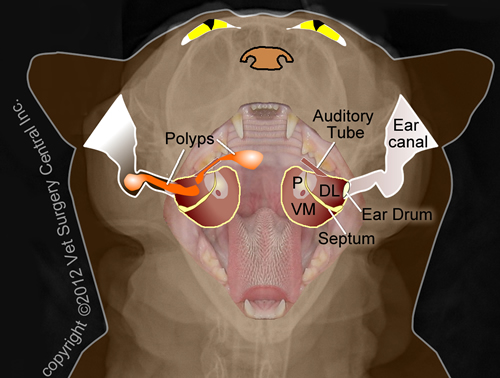
Nasopharyngeal Polyps A Tricky Airway Problem In Cats Criticalcaredvm
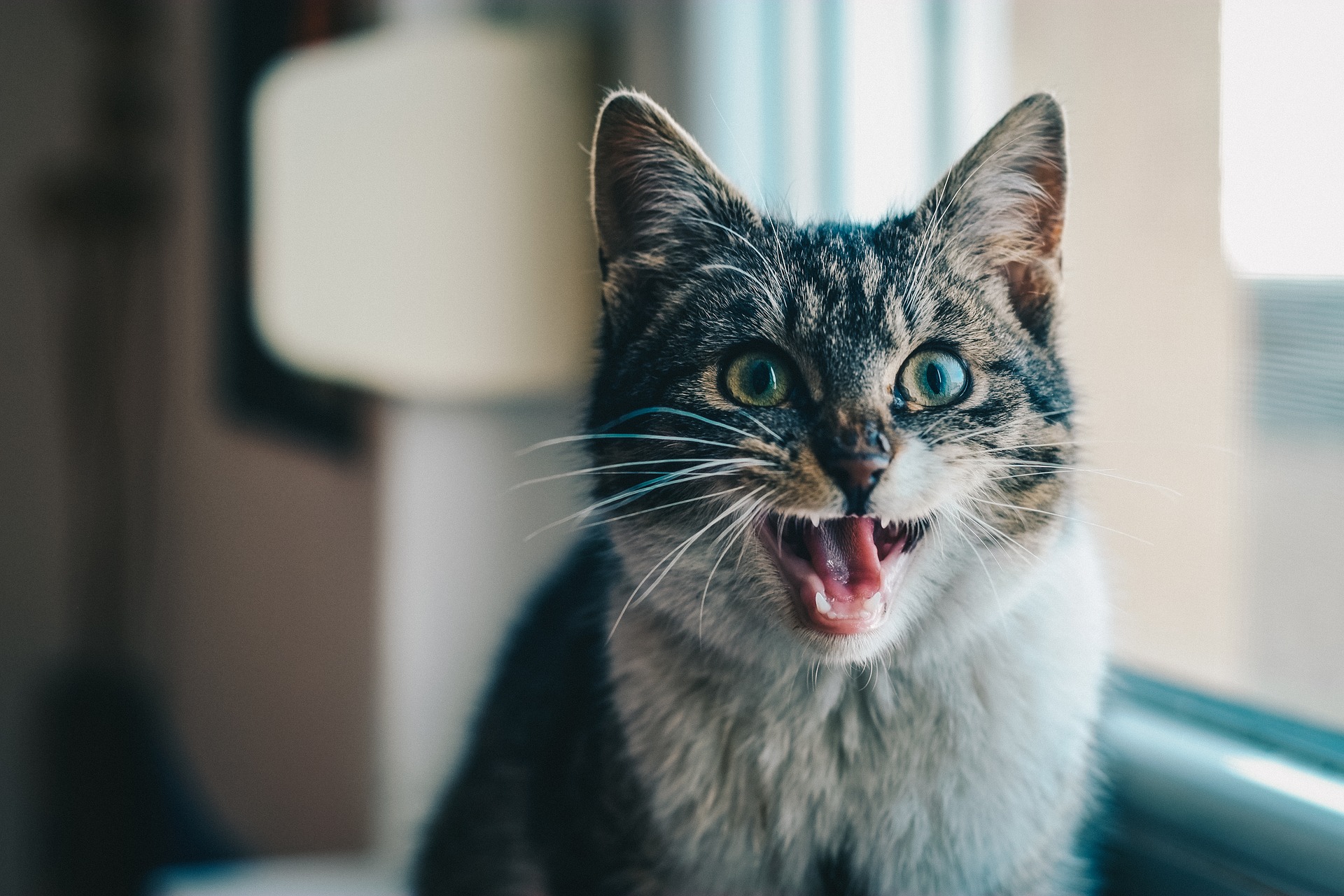
What Are Polyps And How Are They Treated In Cats Vet Help Direct

Nasopharyngeal Polyp In A Cat Removal Cost And Veterinary Advice Youtube
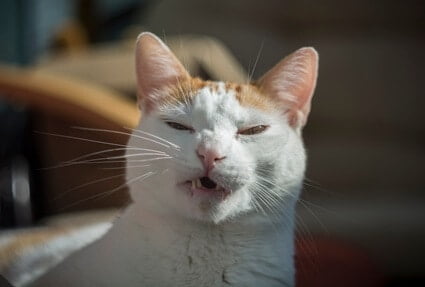
What Causes A Cat To Sneeze Continuously Senior Cat Wellness
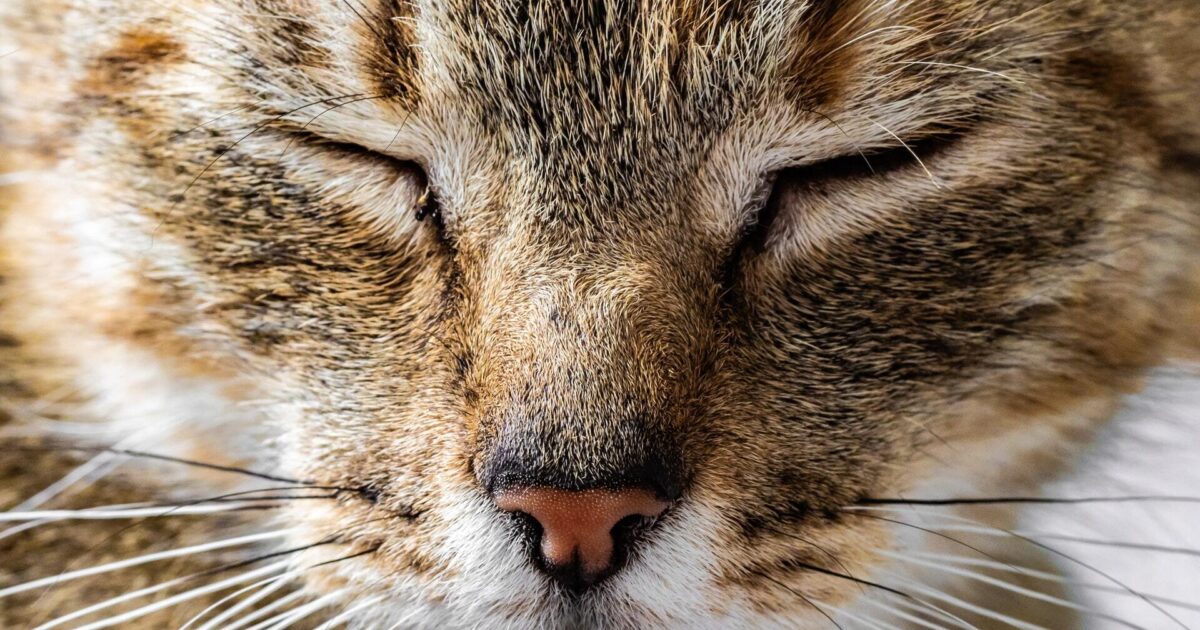
Nasal Discharge In Cats Common Causes And Cures Firstvet
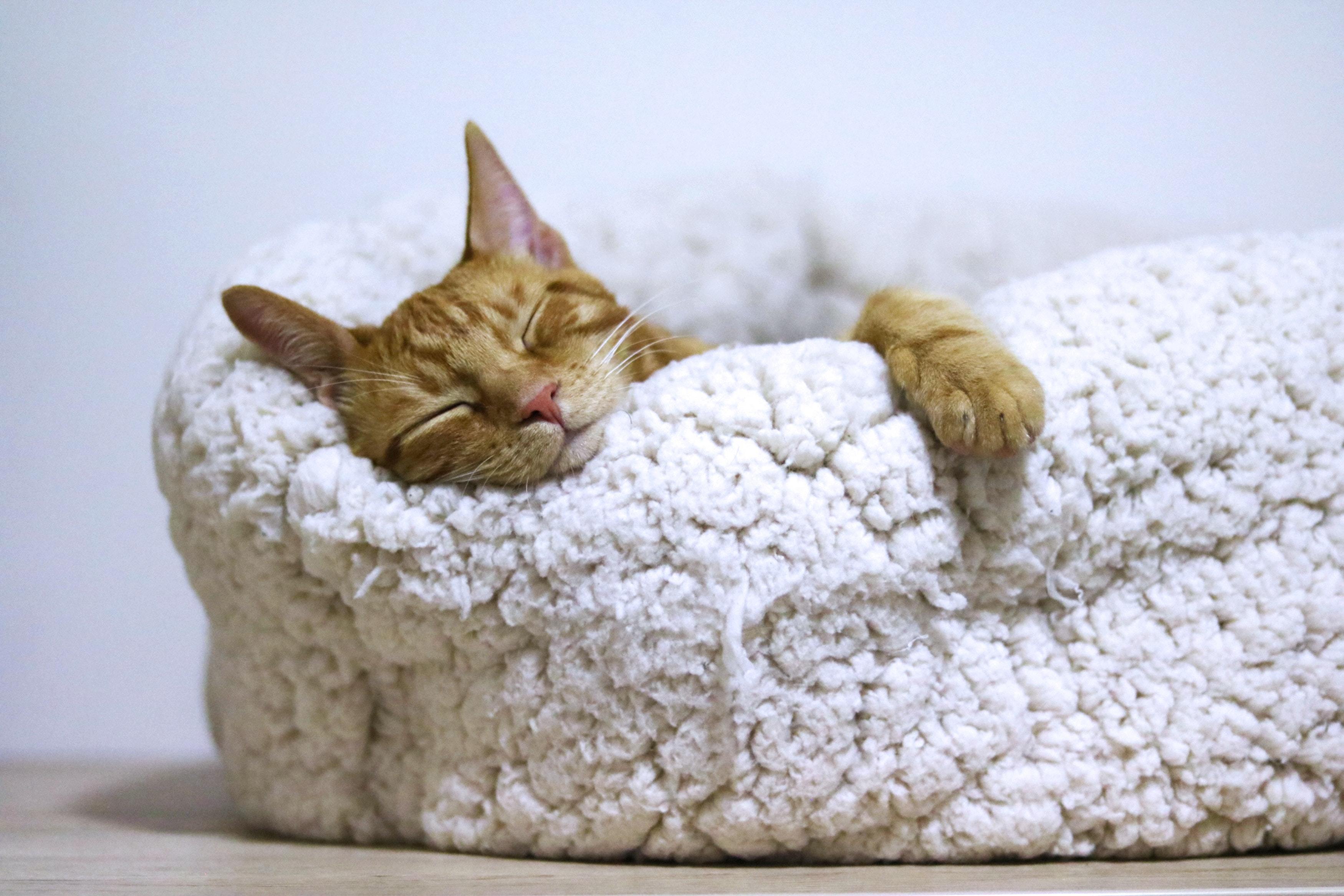
Symptoms Of Nasal Polyps In Cats Firstvet

Inflammatory Polyps In Cats The Cat Clinic
Antelope Animal Hospital Nasopharyngeal Polyp

My Cat Has A Swollen Nose Causes And Treatments
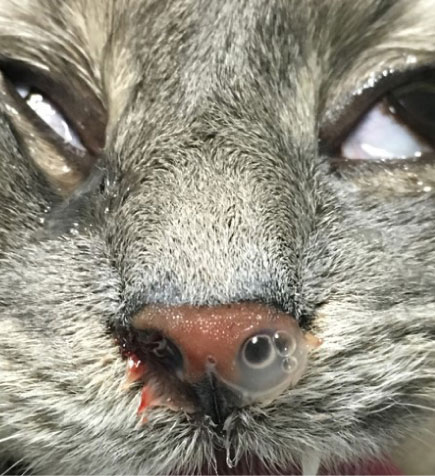
Idiopathic Chronic Rhinitis In Cats
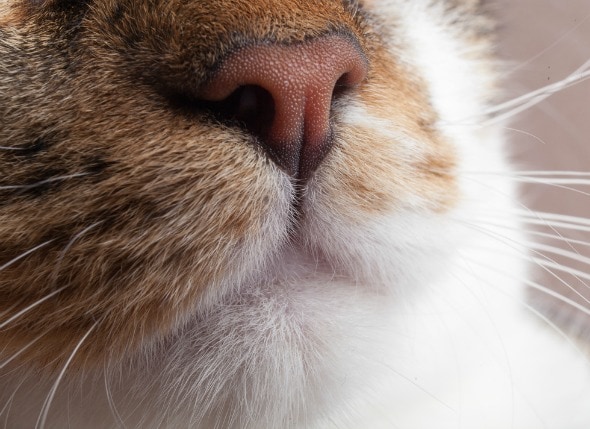
Pink Growths In The Nose And Pharynx In Cats Petmd
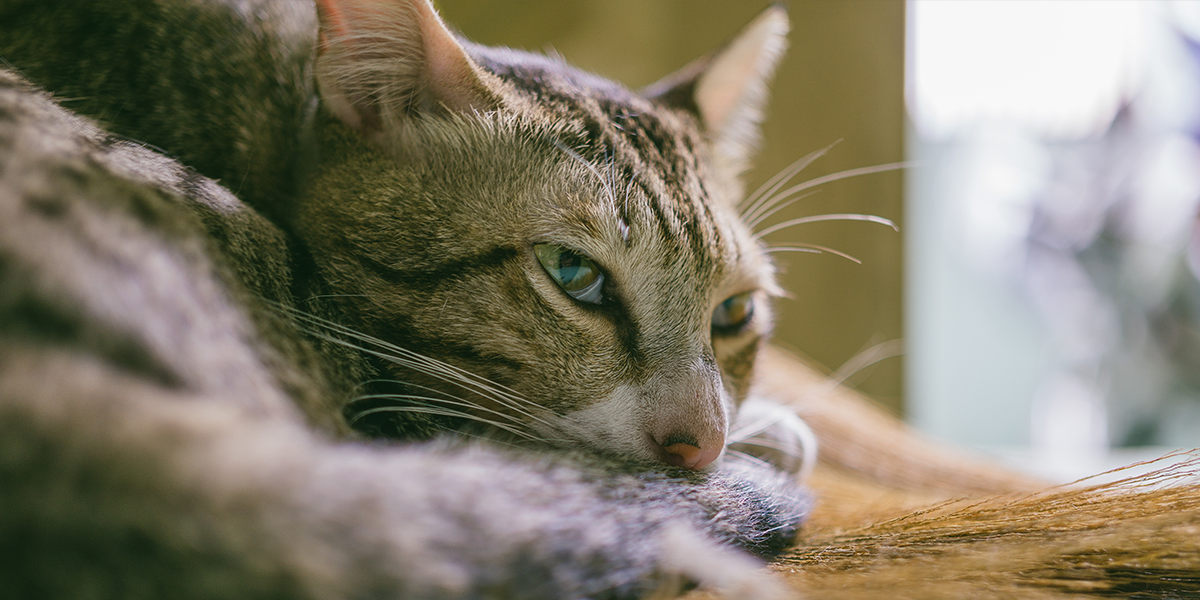
Chronic Upper Respiratory Tract Disease International Cat Care

Sniffly Sneezy Snuffler Cats Grand Avenue Veterinary Center
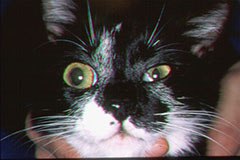
Nasopharyngeal Polyps American College Of Veterinary Surgeons Acvs

Cat Owners Beware Of Polyps The River Reporter

Inflammatory Polyps In Cats The Cat Clinic
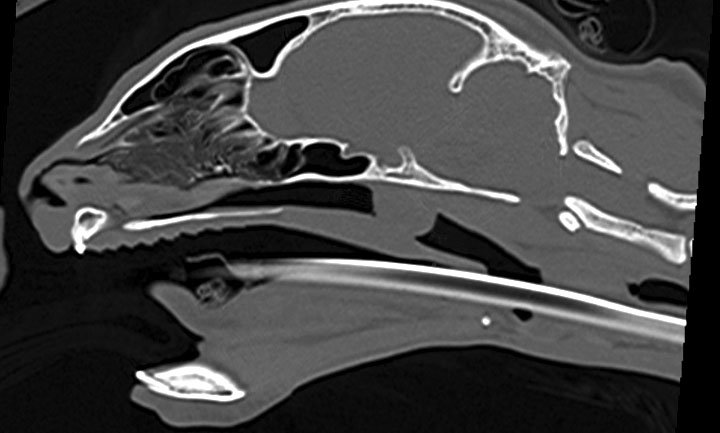
A Rare Polyp Impedes Breathing Catwatch Newsletter

I Think My Older 16 Year Old Cat Has A Nasal Polyp He Is The Love Of My Life He Has What Look To Be A Pink Swollen
